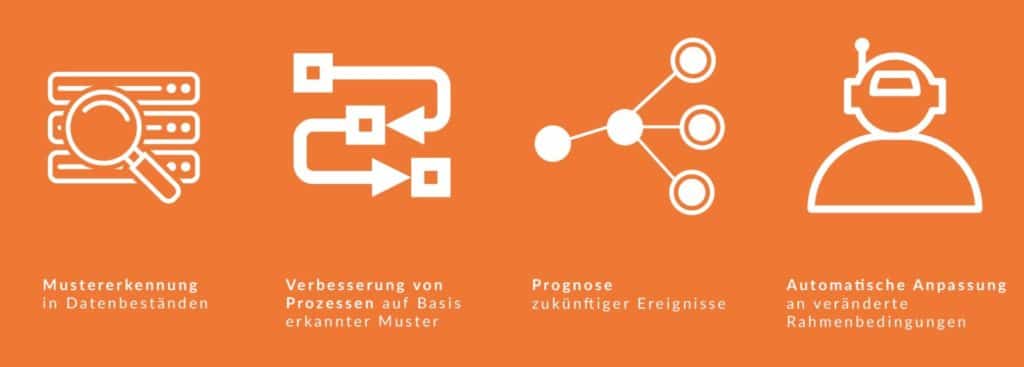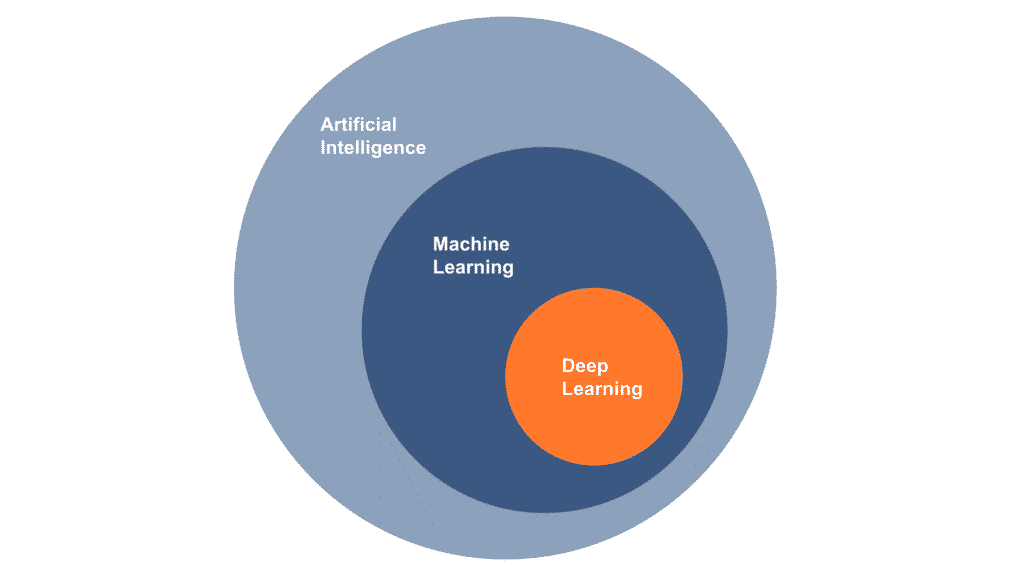Stationary trade could the The retail sector can be a winner from developments in the field of machine learning or artificial intelligence in general. Find out in this blog article why and how stationary retail in particular can benefit from digitalisation and data science solutions.
As we all know, there's life in the old dog yet. With the growing success of the big e-commerce retailers, the end of brick-and-mortar retail has often been conjured up in recent years. However, two interesting developments indicate that the opposite is the case. On the one hand, more and more retailers have their own Online Store. An the meantime, even online retailers like Amazon are opening local branches. The online giant's customers are supposed to be in the stationary trade enjoy the same benefits as in the online store.
Inhaltsverzeichnis
Stationary trade is not yet exploiting the enormous potential of digitalisation
Similar to what Amazon is doing with this project, brick-and-mortar retail could benefit in many ways from the advantages of digitalisation and data science methods. At the moment, however, methods like Deep Learning resp. Machine Learning is only very rarely used in stationary retail.
The principle of Machine Learning and its potential for stationary trade
Machine learning is a data science method that makes it possible to Algorithms enables people to optimise themselves. It is precisely these Ability to learn is particularly helpful for use cases in stationary trade. Take, for example, a retail company that deals in perishable goods or other fast moving consumer goods.
Link tip: In our article on the topic AI Marketing we explain how AI helps companies better predict customer needs or improve service offerings.
For this group of goods, it is crucial to know the exact demand and the expected number of Stocks estimate as accurately as possible. Perishable goods that cannot be sold reduce profits. Machine learning helps to reduce depreciation in stationary retail.
This is achieved by estimated demand Depending on factors such as weather and temperature, previous sales and profit margins Calculated will. Since machine learning algorithms Learning from experiencetheir predictive accuracy actually improves over time.

Reading tip: In this article we explain the Basic functioning of machine learning.
How optimising storage space with predictive analytics works
Forecasting the exact quantity required for perishable goods is not the only challenge. In general, excessively large Stock quantities of goods problematic. Especially with items that bring in little in terms of turnover and profit but have to be stored at a high cost, it is important to calculate the demand as accurately as possible.
The available Storage room must be used as efficiently as possible. Large quantities of goods that bring little profit unnecessarily take space away from more profitable goods. At the same time, the purchase price is based on the quantity of goods ordered.
Also because customers expect goods to be available in sufficient quantities, the ordered quantities must not be too small. In addition, the goods should ideally not run out, otherwise the stationary trade will lose its customers to competitors in the worst case. The challenge, therefore, is to determine an optimal relationship between the quantity of goods, use of storage space, anticipated demand and profit margins - an ideal Optimisation task for machine learning algorithms.
Link tip: Want to delve deeper into the topic? Get an overview here of the various Machine learning methods.
Aunt Emma 2.0: Individualisation of the Customer Journey
Stationary retail has a home advantage that it has not used for many years. In the past, personal contact in the so-called corner shop was an important part of the shopping experience. At digital age the personal touch and the focus on the individual needs of customers become central again. The stationary trade can be successful in particular due to the Individualisation and personalisation of the customer journey are revitalised and become more attractive.
Through the networking of things (Internet of Things), digital price tags, RFID sensors and mobile internet, the Personalisation of the Customer Journey hardly any limits are set. For example, if a customer has an app from a retailer, individual offers can be created based on previous preferences or bonus points and transmitted in real time. Products could even automatically trigger a message with an offer and send it to customers who are currently in the vicinity. Machine learning plays a crucial role in this because prices and offers can be calculated in a tailor-made manner.
AI pricing: price optimisation in stationary trade
For years, customers have been used to the fact that petrol prices can fluctuate greatly and even change several times a day. This experience can also be made in online commerce. Prices for a hotel or a flight can differ depending on whether the search is conducted via an iPhone or an Android system. To find the optimal price for its goods, the online giant Amazon adjusts its prices worldwide many millions of times a day. Stationary trade can also benefit from such adjustments.
The optimal price depends on many factors
Which article for which Price is sold depends on many Factors off. The value of certain goods, such as fashion items, is highly dependent on current trends, the season and personal taste. The price of other goods is calculated depending on stock levels, availability, price on the world markets or local demand.
In order to flexibly design prices via an AI pricing tool, for example, the Machine learning algorithms train in such a way that they All relevant factors and, if necessary, calculate prices to the minute. The better the stationary trade knows its customers, the easier it is to pass on individual prices and offers.

Better, automated decisions and optimal planning through ML
The specific use cases such as price optimisation, stockroom optimisation and personalisation of the customer journey show that machine learning in stationary retail generally leads to a Improving the quality of decisions leads. Complex correlations can be taken into account - if necessary to the minute. In this respect, machine learning does not pose a threat to existing jobs because it opens up areas that did not previously exist in this form. Stationary trade benefits in several ways:
- Prices are calculated to the minute, storage space is optimised and the Personalised Customer Journey.
- Turnover can be increased and depreciation reduced.
- The quality of decisions is improved and decisions can be automated
- Through precise Forecast models More planning certainty is created for future developments
- For customers, stationary trade is becoming more attractive.
Companies in stationary retail who use machine learning are also working on a strategy based on Data evaluation and KI (Artificial Intelligence) sets. Such a strategy enables stationary trade to maintain competitiveness in times of increasingly fierce competition. Since the development in this area is still in an early phase, innovative companies can even secure the leading position in their field.










0 Kommentare